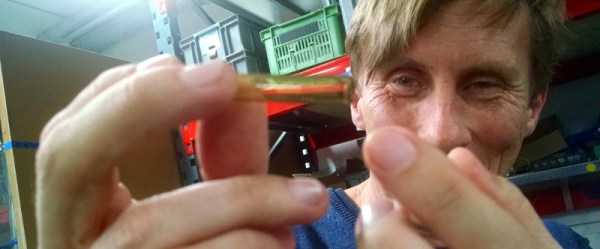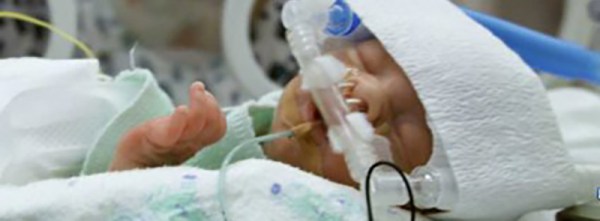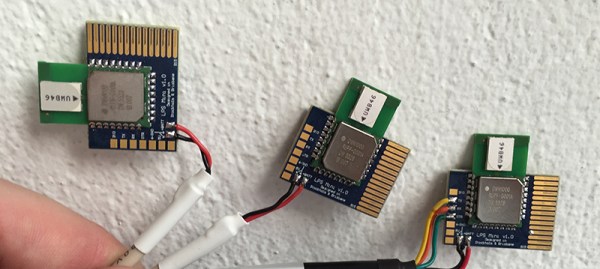People should build something that matters. The ones who actually do so end up shaping the world. We are proud to announce the ten finalists for the 2015 Hackaday Prize.
The problems that these projects tackle come from many different angles. Some improve safety in extreme situations by giving emergency workers the ability to detect the presence of dangerous gases, or by helping to find unexploded munitions in war-torn areas. Others make improvements in transportation by working on transportation where infrastructure is poor, and looking toward the future of electric vehicle transportation. There are projects that tackle pollution through monitoring and also by scrubbing pollutants from indoor air. Improvements in wheelchair mobility and advancements in prosthetics can transform the lives of people living with loss of function. And feeding the world can start with more automated farming options, and becoming more efficient with farming methods. These are the problems the finalists have chosen to solve with their entries.
The Hackaday Prize challenges Hackers, Designers, and Engineers to solve a problem and to build their solution using Open Design. One of these ten will claim the Grand Prize of a trip into space, and four others will claim top prizes worth $5,000-$10,000 each. These distinctions, along with the $100,000 Best Product prize, will be awarded to one of these ten projects at the Hackaday SuperConference in San Francisco on November 14th and 15th.
- DOLPi – RasPi Polarization Camera
- FarmBot – CNC Farming and Gardening
- Eye Controlled Wheelchair!
- Gas Sensor For Emergency Workers
- Household Electrically Enhanced Wet Scrubber
- Luka EV
- Portable environmental monitor
- Light Electric Utility Vehicle
- Vinduino, a wine grower’s water saving project
- OpenBionics Affordable Prosthetic Hands
Thank you to our expert judges who chose these finalists from a slate of 100 semifinalists. The judges will begin making final round decisions on October 26th so keep watching these finalists as they continue to develop their entires.
To all who submitted entries this year, great job! The nature of this contest means not everyone can move to the next round, but that doesn’t diminish the effort and potential for good your project represents. The full slate of entries can be found in this list and all Semifinalists are shown here. Please also check out the Best Product entries and finalists.























